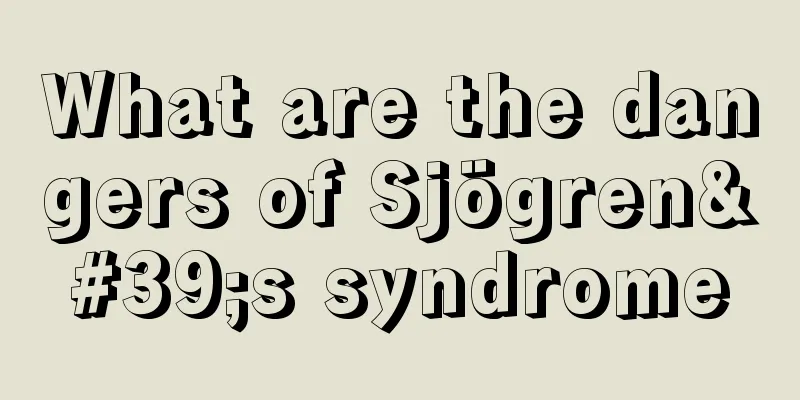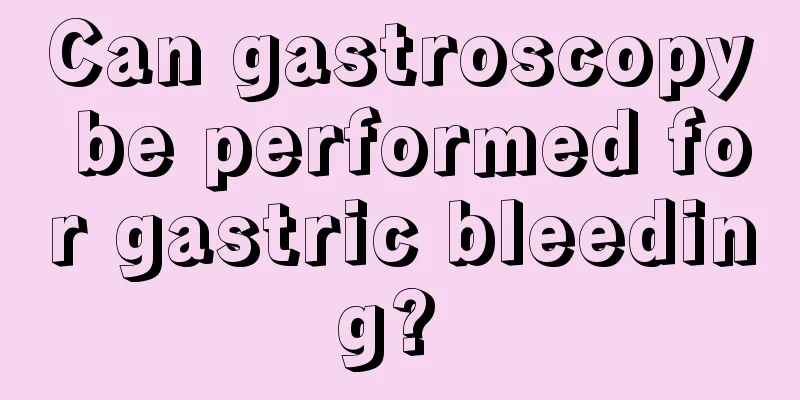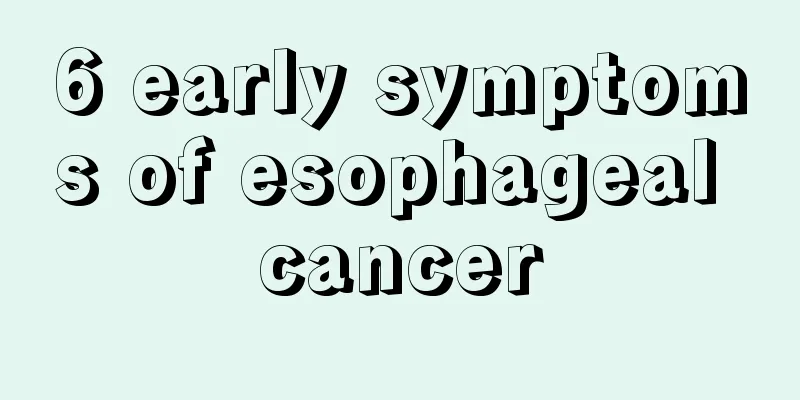Cerebral blood vessel blockage

|
Any disease can cause serious harm to human health, especially some difficult-to-treat diseases, which need to be treated promptly after discovery. Cerebrovascular blockage is very harmful to the patient's health. Moreover, if this type of disease is not improved in time, the problem will become more serious, which will also create some obstacles to future treatment. This type of disease is very common among people over 60 years old. Many people don’t know much about cerebral vascular blockage, and don’t know what symptoms it has after it occurs. This type of disease also has obvious symptoms after it occurs, so when treating it, you must choose the correct treatment method. Cerebral vascular obstruction: symptom (1) General symptoms: This disease is more common in elderly people over 50 to 60 years old with arteriosclerosis, some of whom have a history of diabetes. Symptoms often occur when the patient is at rest or sleeping, and gradually reach a peak within 1 to 3 days. Some patients have had one or more transient ischemic attacks before the onset of the disease. Except for severe cases, symptoms gradually reach a peak within 1 to 3 days, consciousness is usually clear, and there is no obvious increase in intracranial pressure. (ii) Localized neurological symptoms of the brain: They vary greatly and are related to the degree of vascular occlusion, the size and location of the occluded blood vessels, and the quality of the collateral circulation. 1. Internal carotid artery system. (1) Internal carotid artery system: Hemiplegia, hemisensory disturbance, hemianopsia and psychiatric symptoms are the most common. The dominant half of the lesion also has varying degrees of aphasia, apraxia and agnosia. There is also primary optic atrophy on the lesion side, characteristic blindness of the affected eye accompanied by contralateral hemiplegia called crossed amaurosis, Horner's sign, oculomotor nerve palsy, and decreased retinal artery pressure. (2) Middle cerebral artery: the most common. When the main trunk is blocked, there will be three hemiplegia symptoms, and when the dominant hemisphere is affected, there will also be aphasia. (3) Anterior cerebral artery: Since the anterior communicating artery provides collateral circulation, proximal blockage may be asymptomatic; when peripheral branches are affected, the medial surface of the frontal lobe is often invaded, and paralysis is mainly in the lower limbs, which may be accompanied by cortical sensory disorders and urinary disorders in the lower limbs; deep perforating branch blockage affects the anterior branch of the internal capsule, often resulting in central facial and tongue paralysis and mild paresis of the upper limbs. When bilateral anterior cerebral artery occlusion occurs, mental symptoms may occur accompanied by bilateral paralysis. 2. Vertebral-basilar artery system (1) Posterior inferior cerebellar artery syndrome: It causes infarction of the dorsolateral medulla oblongata, resulting in vertigo, nystagmus, glossopharyngeal and vagus nerve paralysis on the affected side, cerebellar ataxia and Hroner's sign, and decreased or absent sensation in the body and limbs on the opposite side of the face with the affected side. (2) Paracentral artery: very rare. (3) Anterior inferior cerebellar artery: vertigo, nystagmus, both eyeballs staring toward the side opposite to the lesion, tinnitus and deafness on the lesion side, Horner's sign and cerebellar ataxia, decreased or absent sensation on the lesion side of the face and contralateral limbs. (4) Basilar artery: high fever, coma, pinpoint pupils, limb flaccidity and medullary paralysis. Acute complete occlusion can quickly endanger the patient's life, and some patients may experience locked-in syndrome. (5) Posterior cerebral artery: manifests as occipital-parietal syndrome, with hemianopsia and transient visual impairment such as amaurosis being the most common symptoms. In addition, there may also be body image disorders, agnosia, and apraxia. Through the above introduction, we have a good understanding of the symptoms of cerebral vascular blockage. Therefore, when treating this type of disease, it is also necessary to do so in a timely manner, otherwise it will cause great harm to one's own health. In addition, when treating this type of disease, patients should reduce the choice of some greasy foods in their diet, which is conducive to the stability of the patient's disease. |
<<: Demyelination of white matter
>>: What should I do if my front teeth fall out
Recommend
When is the best time for children to sunbathe?
Newborn babies are definitely the focus of protec...
What is the cause of the red and itchy coccyx groove
The skin is very susceptible to damage from exter...
What causes cervical spinal stenosis?
The occurrence of cervical spondylosis will actua...
Is there such a disease as testicular cancer?
Testicular cancer is a relatively rare malignancy...
Can washing your hair with soap nuts cure hair loss?
Hair loss is believed to be a common phenomenon a...
How much is the cost of treating advanced rectal cancer
Most cases of rectal cancer are caused by the col...
Does high platelet count affect employment?
We all know that platelets are very important to ...
What are the benefits of drinking American ginseng in water for women
American ginseng is a very familiar Chinese medic...
How to use drugs for vascular interventional treatment of liver cancer? Need to be tested first
The use of drugs for vascular interventional trea...
How much does radiotherapy for glioma cost
How much does radiotherapy for glioma cost? There...
Sellar meningioma
The formation of tumors is very harmful to people...
What foods are good for hair
A head of black and shiny hair is the pursuit of ...
Explain to you the early symptoms of cervical cancer
Cervical cancer is one of the most serious cancer...
What are the symptoms of acute pancreatitis
Pancreatitis is usually caused by the body's ...
What is the diet and precautions for polycystic kidney disease
I believe many people have a certain understandin...









